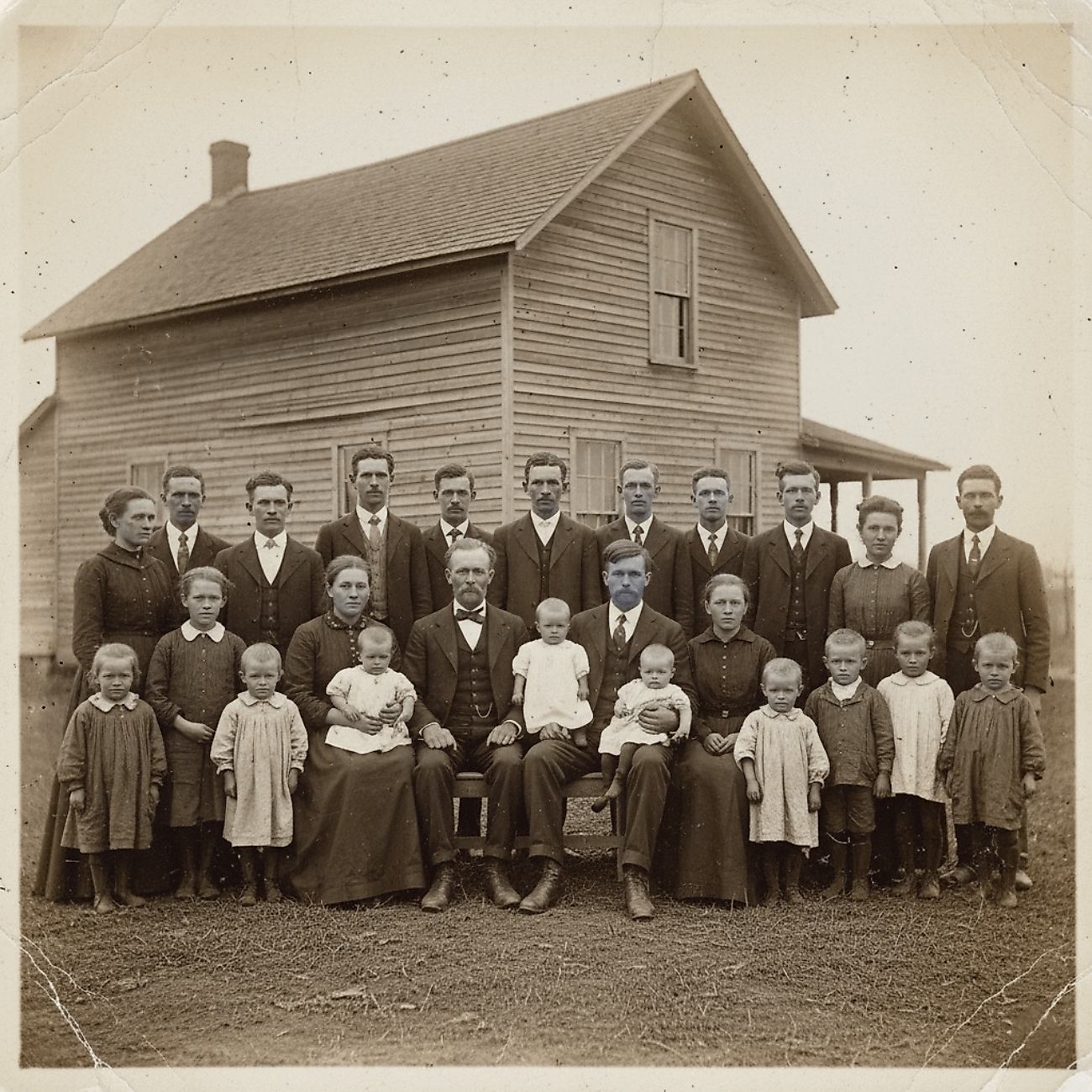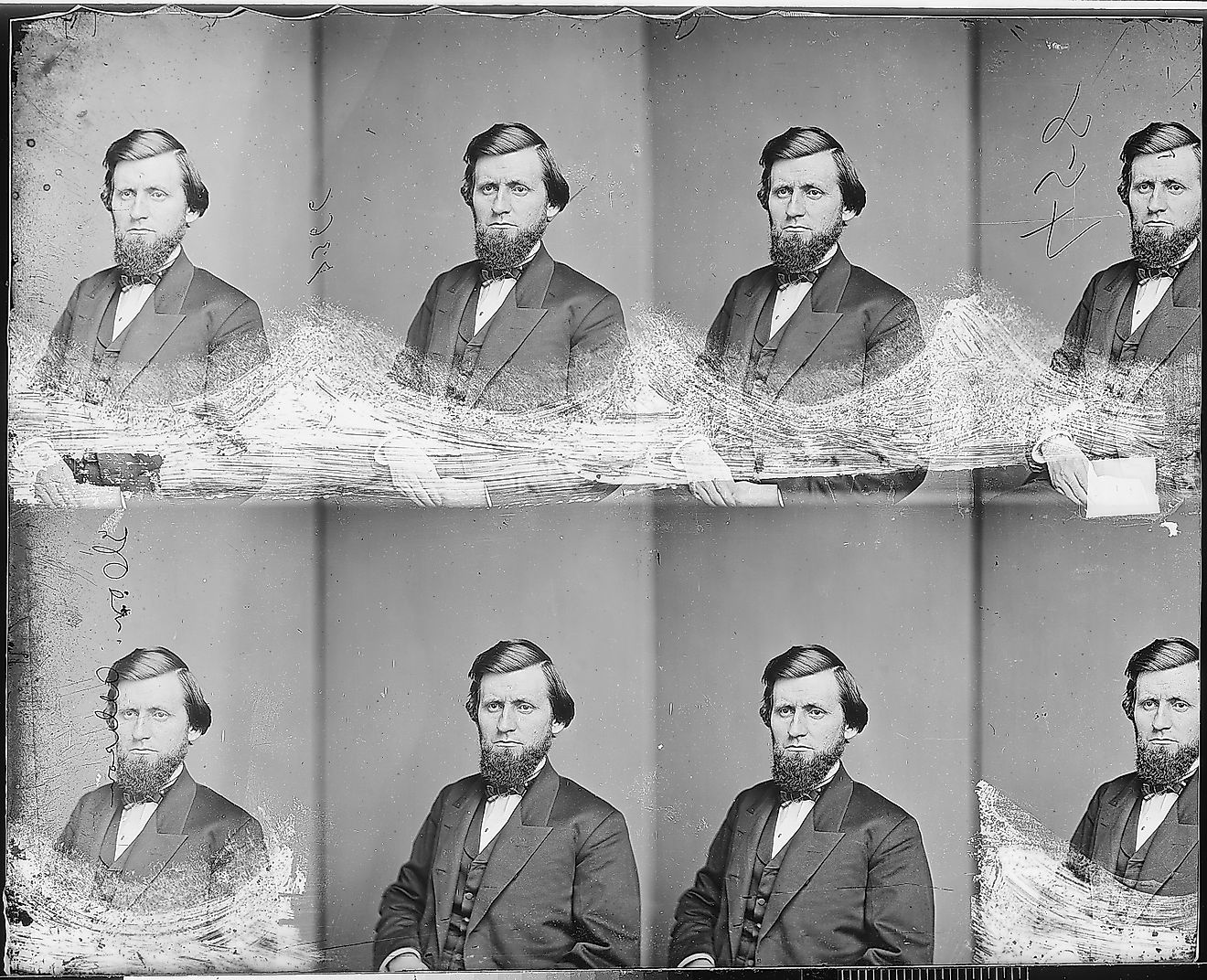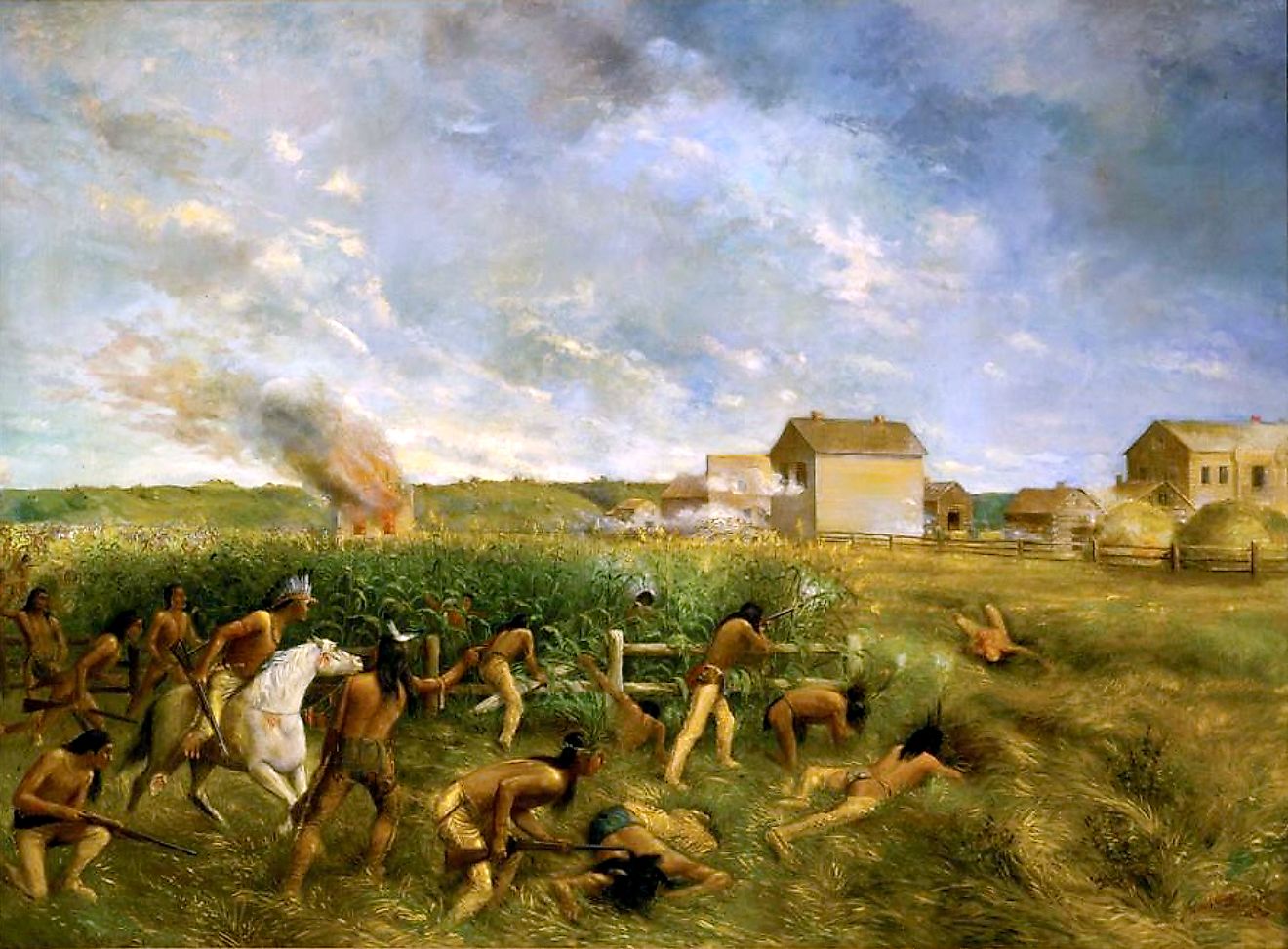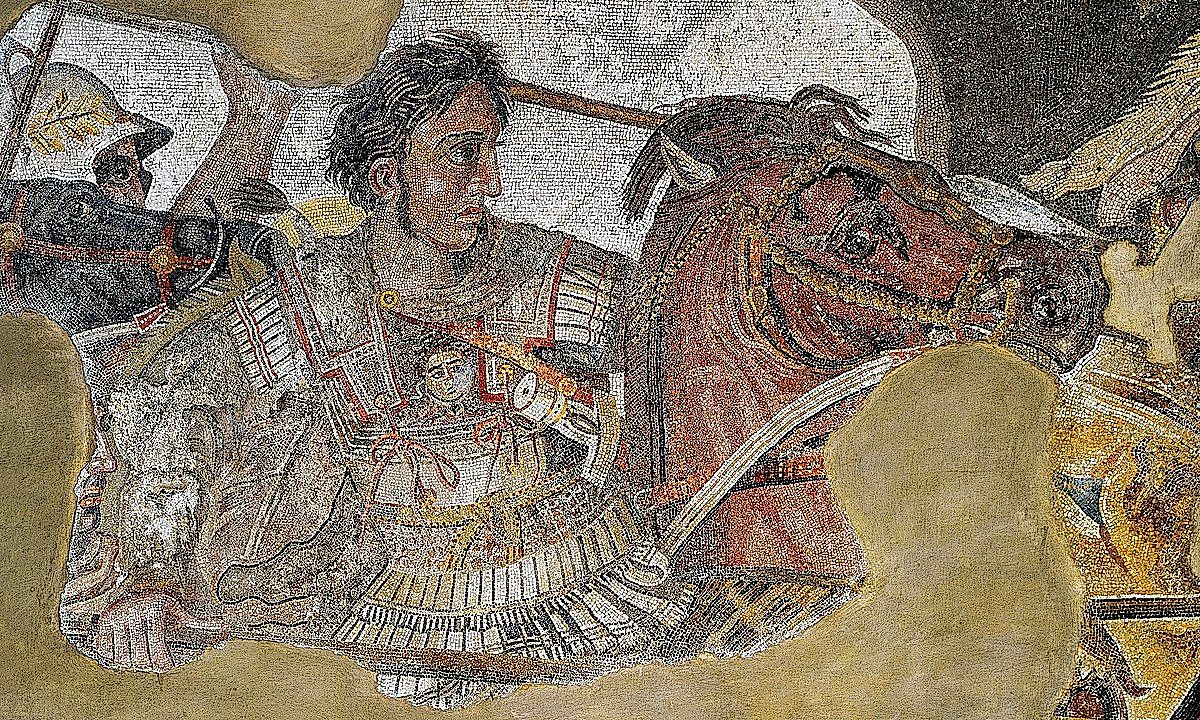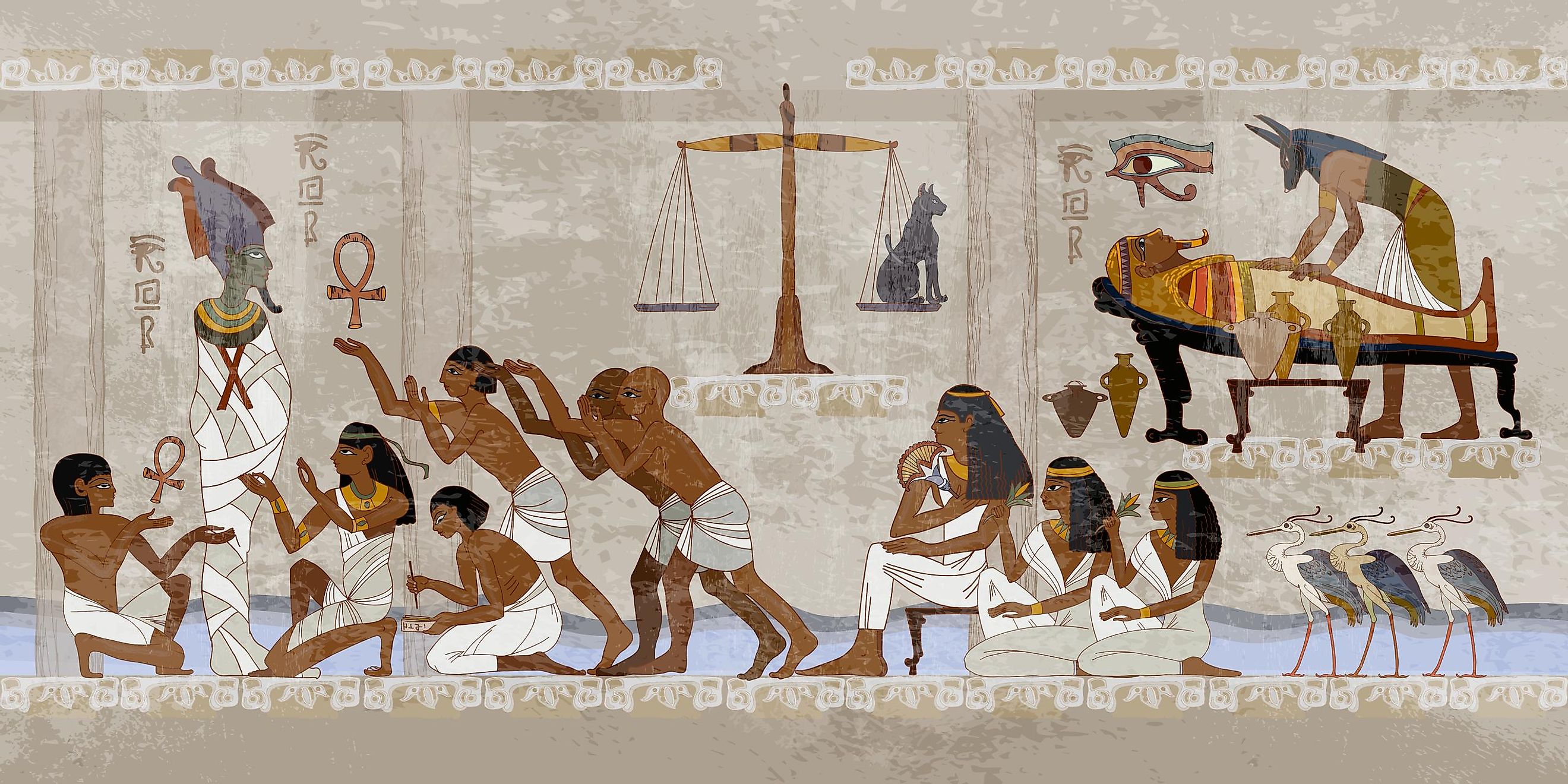
The Greatest Pharaohs of Ancient Egypt
In Ancient Egypt, Pharaohs were both heads of state and the religious leaders of the people. They were monarchs (kings and sometimes queens), as well as governmental officers, responsible for keeping Egyptian society organized and running smoothly both politically and in terms of spiritual rituals, which were plentiful during the time in history when they were in charge. Pharaohs began their rule of Egypt in around 3,000 BCE. During that period, they were thought to be gods incarnate, and monuments such as pyramids were erected in their honor. What follows are some of the greatest and most well-recognized Pharaohs in Egyptian history.
1. Khufu (reign: 2589-2566 BCE)

Khufu was formerly known as Cheops. Khufu was his chosen religious name, dedicated to the god Khnum. He ruled in the early part of what was known as the Old Kingdom. Khufu succeeded his father, Sneferu as king. Succession was a big part of ancient Egyptian kingship, as being closely related by blood to the former ruler was seen to have been a matter of divine selection.

Khufu's claim to fame is that he is said to have commissioned the Great Pyramid of Giza. Most of what we know about him was written by historians much later in human history (around 300 BCE). Because we know so little about him, it is some matter of historical debate as to whether Sneferu was Khufu's biological father or whether he married the old king's daughter to solidify his succession. Also due to lack of clarity around historical sources, Khufu's assumed length-of-reign contains a great deal of disparity. Some historians say he ruled for twenty three years and others say as many as sixty, though the latter is thought to be an inaccurate exaggeration of unclear source material. Due to his association with the erection of the Great Pyramid of Giza, Khufu's name appears in popular culture in everything from Lara Croft: Tomb Raider to Duck Tales 2 for GameBoy.
2. Tutankhamun (reign: 1332-1323 BCE)

Tutankhamun, or "King Tut" as he has become more popularly known, was only eight or nine years old when he assumed reign as King of Egypt from his father near the end of the 18th Dynasty. His father is said to have been Akhenaten.
Though King Tut is widely considered to have been lesser-than as a ruler (due to his young age, small stature, and multiple chronic illnesses), he is one of the most well-known pharaohs by modern standards. This is due to the fact that his mummy was discovered largely in tact in the early 1900's, alongside many artifacts, which included his famous burial mask. DNA samplings have been performed on Tutankhamun and those thought to be both his parents, wife, and children (neither of whom survived infancy). A CT scan has also been performed, and along with the now-famous mask, we have a reasonably complete picture of both King Tut's appearance and his ailments which included a deformed foot (which caused him to walk with a cane, several of which were found in his sarcophagus) and several bouts with malaria.

During his reign, Tutankhamun reversed several unpopular decisions that were put into effect by his predecessor/father. These included returning the capital city of Egypt to Thebes and reinstating the worship of the god Amun, whose priesthood had been rendered illegal under his father's rule. Due to his age and the intactness in which his tomb was discovered, King Tut has been popularized many times over in modern culture. His likeness has appeared on everything from Alvin and the Chipmunks to Saturday Night Live.
3. Ramses II (reign: 1279–1213 BCE)

Ramses II was also commonly known as "Ramesses The Great". He was the third pharaoh of the Nineteenth Dynasty of Egypt. Ramses II is as well know for his long reign (nearly seventy years) as he is for his for his extravagance. Not only did he declare himself a god during his regime, he was thought to live into his early nineties! Ramses II focused a great deal on economic and colonial growth during his sixty seven years as pharaoh. Under his rule, Egypt's border was secured early-on. He returned to Egyptian rule several territories that had been lost to other countries.

Using art and architecture as a method of disseminating propaganda about his military triumphs was a key strategy in Ramses II becoming one of the most well-known pharaohs ever to have lived and ruled in Egypt. He declared that he had been chosen by the sun god, Ra and created many monuments to both himself and to Ra, thus building a legacy that depicted a time of unprecedented prosperity and security for Egypt and her territories and colonies. Ramses II declared a new capital city, away from Thebes, and named it Pi-Ramesses in honor of his many victories.
Ramses is thought to have fathered nearly a hundred children in his long lifetime, and was succeeded by his son, Merneptah. He outlived many wives and children and was originally buried in The Valley of The Kings. Because of looters and grave robbers, his mummy was moved several times and discovered in the early 1880's. Ramses II's mummy is now on display at Cairo's National Museum of Egyptian Civilization.
4. Hatshepsut (reign: 1478–1458 BCE)

Hatshepsut was the fifth pharaoh of the Eighteenth Dynasty of Egypt and was one of the first two confirmed female pharaohs, though matriarchs of the monarchy were not entirely uncommon in the Egyptian tradition (the first may have been nearly 2,000 years prior to Hatshepsut). Hatshepsut was the primary wife of Thutmose II and together the two had a daughter. Thutmose II had a son, Thutmose III with a secondary wife. It seems as though Hatshepsut was made pharaoh while her father was away at war, and while her husband's son was still in infancy. Thutmose III was considered to be her co-regent during most of her reign.

Considered to be something of an innovator, Hatshepsut had many monuments erected to celebrate her kingship, something that was not a common practice for the few female kings who preceded her. Though historians have argued that Hatshepsut was placed in a position of power to act as placeholder for the male politicians in her family and her life, it was inarguably groundbreaking for her to act as pharaoh and co-regent to her stepson at a time when only biological mothers were given such an honor.
Hatshepsut is famous for reestablishing trade routes long-neglected by previous monarchs, as well as for being a prolific builder. She commissioned hundreds of buildings and monuments, including expanding her father's burial chamber to include her own remains when she died. Their tomb is thought to have been the first in The Valley of The Kings. A mummy thought to be hers' was excavated in 2007, though DNA confirmation has not been performed as testing would allegedly destroy the tooth to be tested.
5. Xerxes I (reign: 486 – 465 BCE)

Xerxes I was King of Persia and reigned over Egypt during a time in which Egypt was part of the Persian Empire. At the time of his ruler, he was known as Xerxes The Great and successfully (albeit temporarily) invaded and ruled over mainland Greece.
Raised amongst the Persian elite as a prince of the Achaemenid Empire, Xerxes received an exclusive military education and performed mandatory service into adulthood before ascending to leadership. He succeeded his father and transitioned smoothly to power, due to his alliance with the Persian armed forces. At the start of his reign, there was a revolt in Egypt, which Xerxes personally attended to. Beginning his time as pharaoh with a military campagin turned out to be strategically wise as the revolt was crushed and Egypt remained under Persian rule.

Xerxes was assassinated in 465 BCE by the head of his royal bodyguard, Artabanus, who himself was then killed by Xerxes' son as revenge. He was fictionally immortalized many times over, including in Gore Vidal's book Creation and the film 300, in which he is portrayed as being a larger-than-life seven feet tall.
6. Cleopatra VII (reign: 51 – 30 BCE)

Cleopatra is perhaps one of the most famous (or at least most commonly depicted in popular culture) of all the pharaohs on our list. She was the last active ruler of the Ptolemaic Kingdom of Egypt, which was an Ancient Greek state within Egypt, established by Alexander the Great.
As a child, it is assumed that Cleopatra studied at the Library of Alexandria. She assumed the throne from her father, Ptolemy XII. At the time of her accession, she was left with a considerable amount of her father's debt to the Roman Republic, as well as drought, famine, and a restless military.

Cleopatra is often historically framed in the context of her relationships with her famous contemporaries such as going army-to-army against her brother Ptolemy III, attending Alexandria herself as an emissary to Julius Caesar after learning of his tendency to romance royal women, and her partnership with Mark Antony. The latter is generally agreed to have been a choice made not the least of which to produce the strongest heirs, as Antony was considered the strongest of all Romans after Caesar's death.

Rather than being paraded about as a chattel of a lost war to Octavian in 31 BCE, Cleopatra chose insread to take her own life. It is thought that she allowed a poisonous snake to bite her and was buried in her royal tomb, in spite of Octavian's displeasure about her suicide.
Cleopatra's legacy through the ages is one of significant cultural importance. Her image has been used in everything from heiroglyphs to advertising used to sell underwear and lamps. Celebrities who have portrayed her or dressed in her likeness as a costume include Whoopi Goldberg, Marilyn Monroe, and Kim Kardashian. She is the subject of Shakespeare's Antony and Cleopatra, dozens of operas, paintings, scuptures, films, and even video games.
For hundreds of years, we as human beings have been fascinated by Ancient Egypt as a society. We have studied their art and architecture and we have them to thank for the written word, modern mathematics, mummies, irrigation, and medical surgerys. Their leaders have captured our fascination in the ways in which we organize and have left their marks on art, literature, and popular culture in more ways than we could hope to count. The pharaohs have become figureheads of the ostentatious lives they lead, as well as something of a blueprint for modern leadership. With ever-improving technology giving us ongoing insight into the lives and deaths of ancient civilizations, it seems unlikely that our interest in them will be waning any time soon.






